Wilderness and rugged landscapes you’d expect up here in the midst of the Derryveagh Mountains, but a massive landed estate with manicured gardens? Surely not! Frequently listed as Donegal’s number one attraction, Glenveagh NP is a must do when visiting Ireland’s north west. Ok – it might be a bit remote but a chance to walk through this diverse and largely unspoiled environment is worth the effort!
First things first… how the Park came about…
1857-59, several small holdings were bought by a John George Adair, a land speculator from County Laois, to create his own personal hunting grounds.
Not the nicest guy on the planet – he then proceeded to evict 244 tenants in 1861.
He got his cousin to design a castle inspired by a romantic highland retreat. Construction began in 1867.
Work on the gardens began under the direction of his wife Cornelia.
Adair died in 1885.
Cornelia, (who was a good landowner and well liked in the area) extended the castle and gardens.
She died, aged 83, in 1921 and the estate fell into disrepair.
In 1929 the estate was bought by a Harvard professor but he disappeared mysteriously in 1933!
Henry McIlhenny from Philadelphia was the next and last private owner.
In 1975, the land was sold to the State.
In 1981, McIllhenny presented the castle and gardens to the State.
In 1984, the National Park was opened to the public.
Since then, further lands have been added for conservation purposes. The park now covers almost 41,000 acres of mountain, lake, woodland, river and glen.
The Derryveagh Evictions
Even in the 1800’s, it wasn’t easy for a landlord to get rid of tenants. Adair was in a bit of a bind – he wanted his lands cleared but his tenants were paying their rent. Things fell his way in 1861 when one of his land stewards was murdered. The authorities were unable to identify the killer. Adair invoked an old Norman law which allowed a landlord hold the whole community responsible when one individual could not be charged. Helped by local police and soldiers, he emptied the surrounding townlands of tenants. The evictions caused an outcry locally and in the English Parliament but nothing happened to Adair and he had his empty estate as he wished. Some months later, the local church got him to finance the passage of ‘able bodied young adults’ to Australia. The other evictees were taken in by relatives or ended up in the workhouse. Black Jack was to go down in history as one of the most notorious evictors in our history.
Visiting the Park
The Castle and Gardens are the focal point for most visitors as well as a choice of walking and cycling trails.
The Castle is 4km from the car park and visitors’ centre. Cars are not permitted beyond this area but (in normal times!) a shuttle bus transport visitors to and from the castle.
So for now you walk!!!
The Lakeside Trail
Actually, the walk from the Visitor Centre to the Castle offers a lovely introduction to the park and is itself one of the designated trails – The Lakeside Trail. The path goes through the glen and follows the shore of Lough Veagh. The 5.5km long lake is fished for trout and salmon ( you can’t fish from the river bank but there are boats for hire in season). The surrounding hills are covered in heathers, mosses, moor grasses and ferns and, even when the park is busy, the bog landscape and water offers a remote and peaceful wildness.
Distance 4km one way. Gravel path. Mostly flat. If the return walk is too much for you, I’d recommend trying to walk from the carpark in to the Castle and getting the shuttle back (post Covid of course!).



There are snippets of information along the route



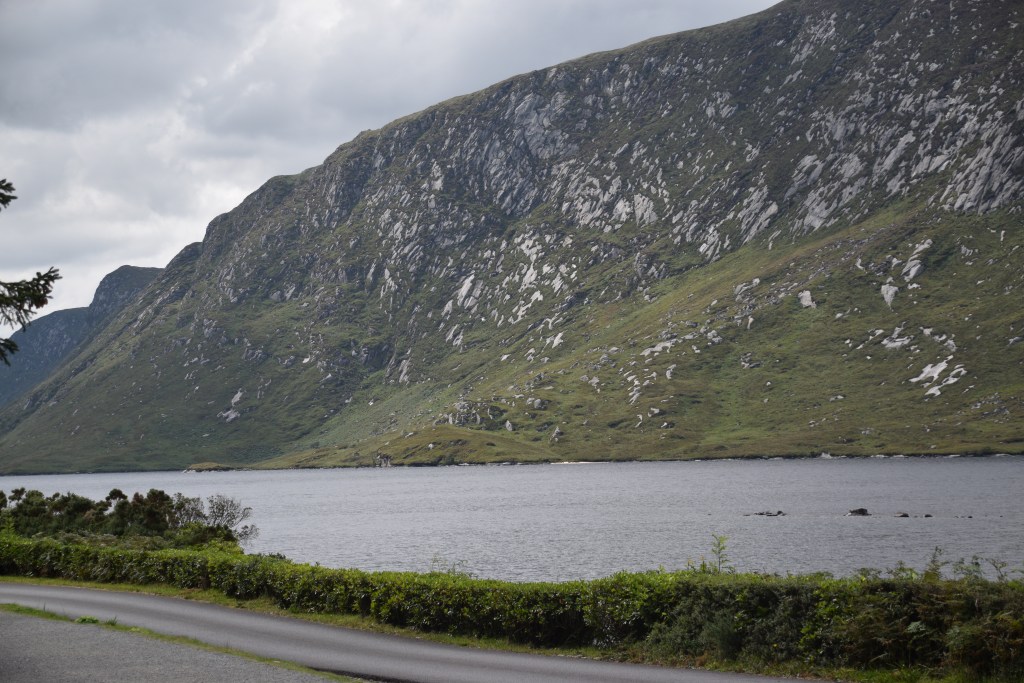

The Castle
Adair fancied himself as lord of an estate as fine as that of Queen Victoria’s Scottish retreat (Balmoral). He commissioned his cousin to design and build a mansion in keeping with his aspirations. There was plenty of Donegal granite available for the four storey keep but the stone was difficult to work with and didn’t allow for fine detail.
When Cornelia inherited the estate she added a wing and round tower to the structure. Later, McIlhenny used his expertise as curator of Decorative Arts at the Philadelphia Museum of Arts to restore and furnish the castle. Its worth going inside to see the fabulous decor, furnishings, tableware and artwork.
Access is by guided tour only which lasts abut 30 minutes.

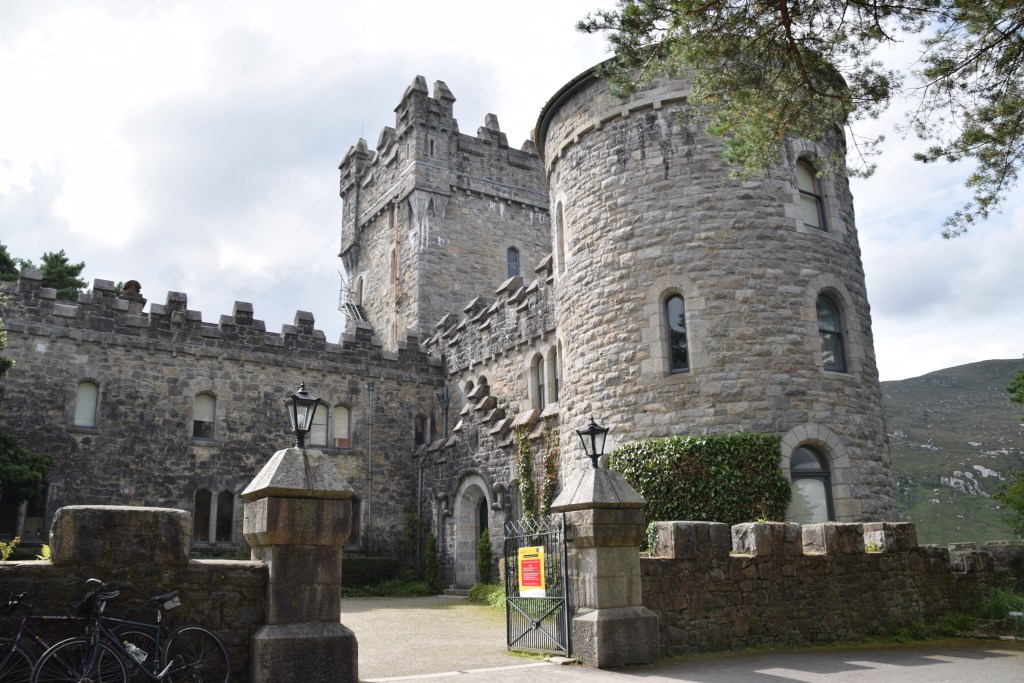
The Garden Trail
The lush gardens are such a contrast to the bleak rugged surroundings! Cornelia laid out Victorian ‘Pleasure Grounds’ as distinct from functional kitchen gardens. Her work was continued by McIllhenny who restored and added to her creation. Exotic trees and shrubs were introduced from as far away as Chile, Tasmania and Madeira. A network of 11 informal gardens were laid out, each with a different theme. You can wander through walled gardens and terraces, enjoy the plants and ornaments or just sit and relax.
The Garden Trail is about 1km in length. The path is gravelly but mostly accessible to wheelchairs (apart from a few steep areas). The best time to see the gardens is May/June for rhododendrons or August, when the Walled Garden is at its most colourful.


View Point Trail
This trail follows a path uphill from the castle and, as the name suggests, offers great views of the castle, the lake and the surrounding valley and mountains.
The circular loop is about 1km in length and is steep in spots.


Other Walks
There is a network of trails and tracks within reach of the car park and throughout the entire park and beyond. These vary in length, accessibility and terrain. The Visitor Centre will help you plan your day.

Conservation Programme
The castle and gardens might be the focal point but there are important conservation programmes here behind the scenes:
By 1910, the Golden Eagle had been pretty much hunted out of existence on the whole island. The area around Glenveagh was considered an ideal habitat to reintroduce the species. In 2001, 12 chicks were brought from the Scottish Highlands and, in 2007, the first native eagle in over a century was born. Nowadays, there is a small number of breeding pairs and the project is ongoing.
The park is also home to a large red deer population. They are completely wild but are contained within the park by a 40km fence. They spend most of the summer on high ground, moving to more sheltered areas in winter.
Small Stuff
Getting There
The Castle is located 24km North West of Letterkenny.

Where to stay
Letterkenny (25 minutes drive) is probably the most convenient place to stay and offers a wide range of accommodation and restaurants. However, the park is accessible as a day trip from anywhere in the county (e.g. its just over an hour from Donegal Town).
Admission:
Admission to the Parkland and Gardens is FREE.
The only charges are for services:
Shuttle -€3
Castle – €7
Garden Tour and guided walks – €7
Hours
The park is open all year round for walkers.
The Visitor Centre, Castle and Gardens are open every day except Good Friday and Christmas. Opening hours and tour times are seasonal.
Duration
Allow a minimum of 3-4 hours for your visit.
Visitor Centre
This is located at the carpark. You can collect info on the various trails, check the programme of events, browse through the exhibits and enjoy 45 minute audio visual presentation.
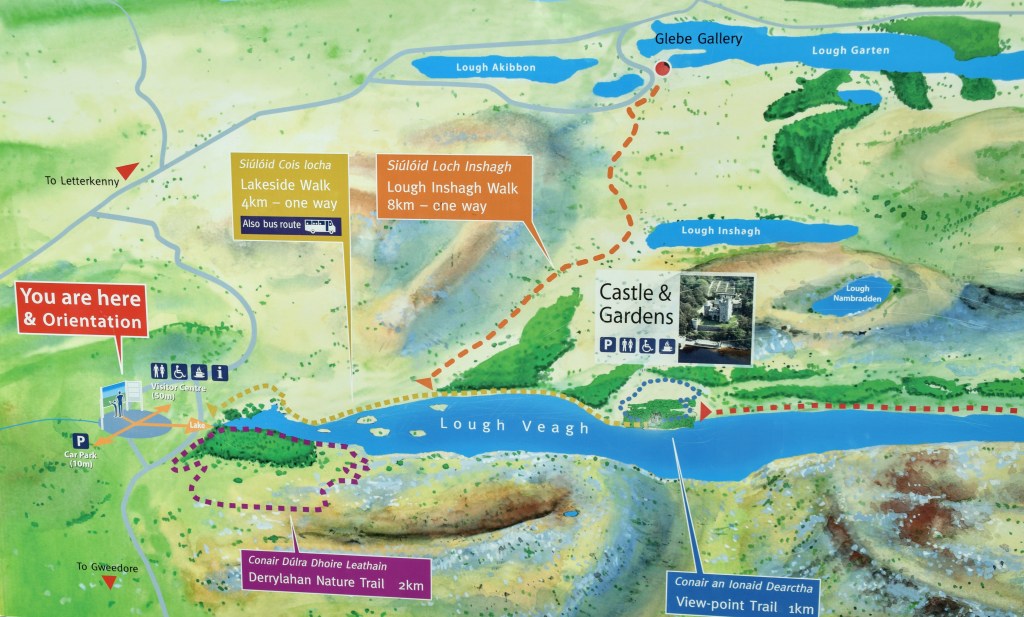
Getting around
Cycling is a very popular option – especially at the moment when the shuttle is not in operation. You can rent a bike at the start of the Lakeside Trail.

Dining Options
There is a Restaurant at the Visitor Centre and Tea Rooms at the Castle
Facilities
Toilets are located at the car park, Visitor Centre and Castle.
Bad Weather?!
You can take your time at the Visitor Centre. The shuttle will bring you to the Castle and Tea Rooms. If you’ve a raincoat then you can have a quick look around the Gardens. So – still plenty to enjoy!

While you’re there……
The National Park extends beyond the Parkland and Gardens and the surrounding area is stunning….


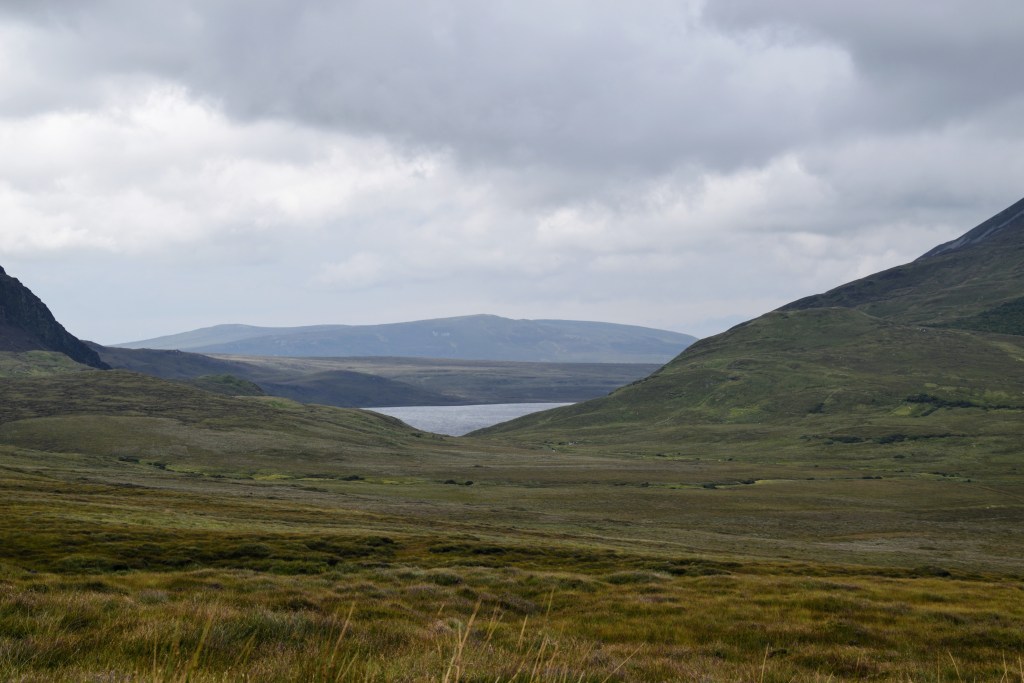


The Park contains the two highest peaks in Donegal – Mount Errigal (752m) and Slieve Snaght (683m). Errigal looks impressive from all angles and dominates the skyline for miles…..

Errigal carpark is a 10 minute drive from the park gate. It will take about an hour to get to the top and maybe 40 minutes back to the car!

Before you go…..
Have a look at what else Donegal has to offer…..
.




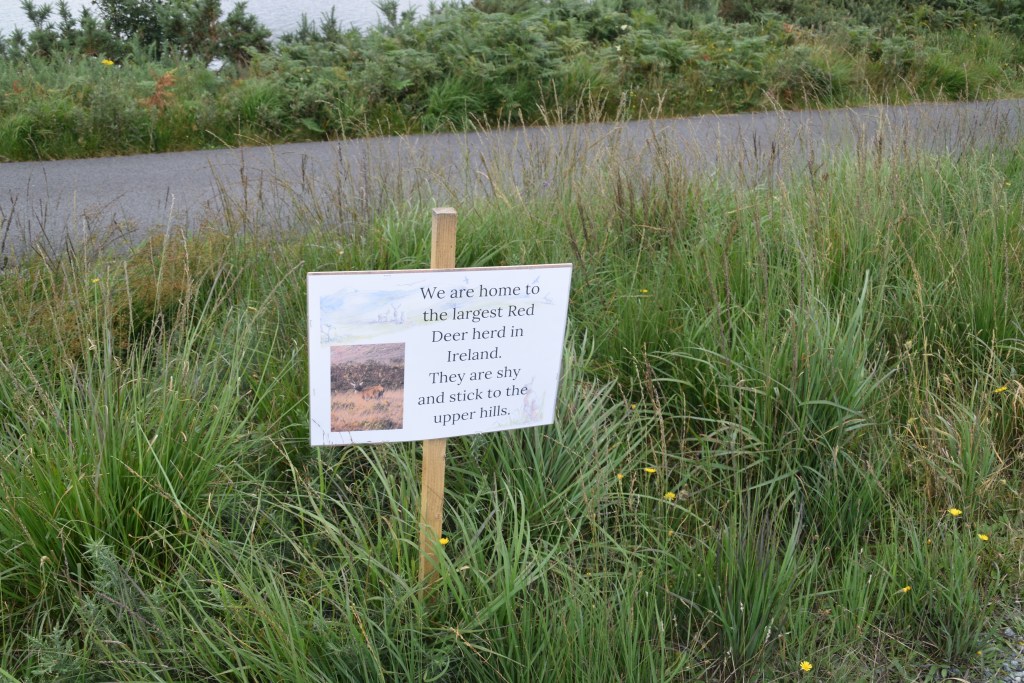




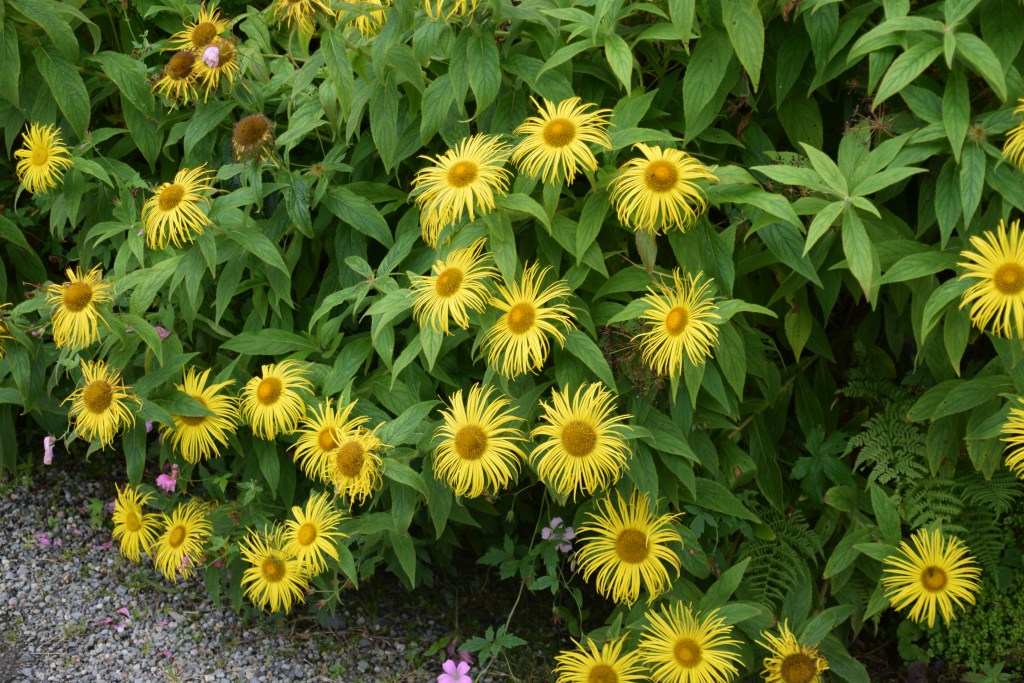



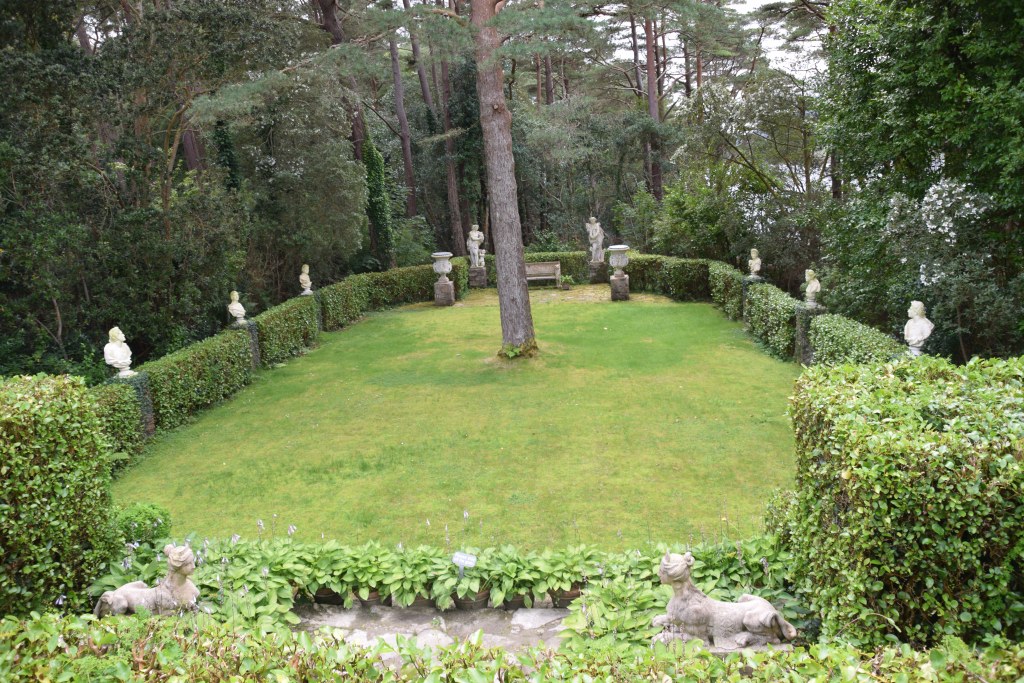



I remember visiting Glenveagh one spring day when it was hot, too hot. The mountains around the lake made it even hotter, like an oven. I suppose this explains the acclimatised plants from warmer countries. Thanks for the fond memories.
There are very few who would say they were ever too hot in Donegal!!! I’d say the Garden Tour would be very interesting from the point of view of learning how those plants survive… XXXM
Wow! This is a very detailed post. Thank you for the wonderful pictures! Almost as good as seeing it in person.
Thank you – it was all outdoors of course because everything was closed. I’m not a huge fan of castles but I wouldn’t mind going back to this one some day and having a look inside….
Looks well worth a visit. I didn’t know about the Golden Eagle project, which is another good reason to go there!
I think it has had mixed success over the years. The numbers still aren’t huge despite all the hard work. XXM
This park has everything – mountains, lakes, gardens and a castle! Great pictures, they make me want to see it myself someday! Maggie
Well the next time I go I’m going to climb Errigal – I couldn’t believe how many were heading up the trail from the carpark. So I’ll be back some day also!!! XXXM
Look forward to reading about it!
😉
Looks like my kind of place and a great way to spend the day. Such an interesting back story – thanks for including it!
Yes the story puts a lot of it in context doesn’t it. XXXM
i have cycled and walked this a few times-even from the bridal path. On my first time there , at the reception desk in the centre a Dublin man asked the girl at the desk if the midges in the gardens were any worse than where we where. I pointed him to T-Shirts saying “I survived the Glenveagh Midges” and said to him “i think that answers your question” Have always enjoyed my visits down here. Don’t take the bus to the castle folks-walk! On a good day you will thank me for it.
Now that I think of it … we had 5 midge-free days in Donegal! Never happened before!!
You’re right re bus…. it was lovely to walk.
You’re presumably from that part of the world Gerard – I’ve only ever heard the word ‘crabbit’ used by Donegal people!!!!